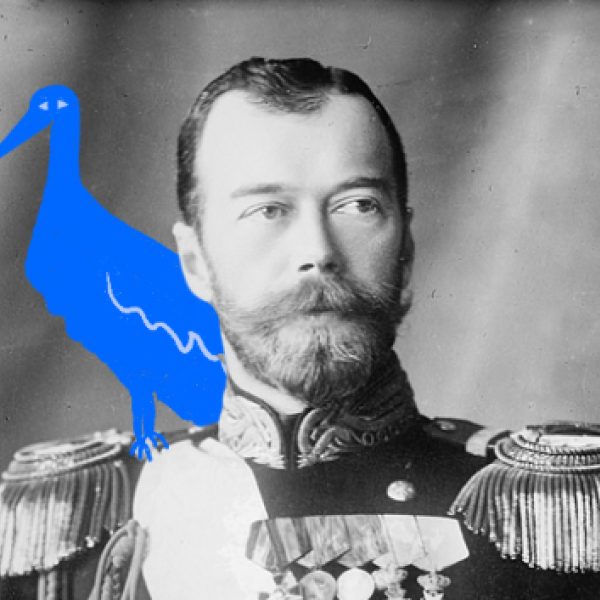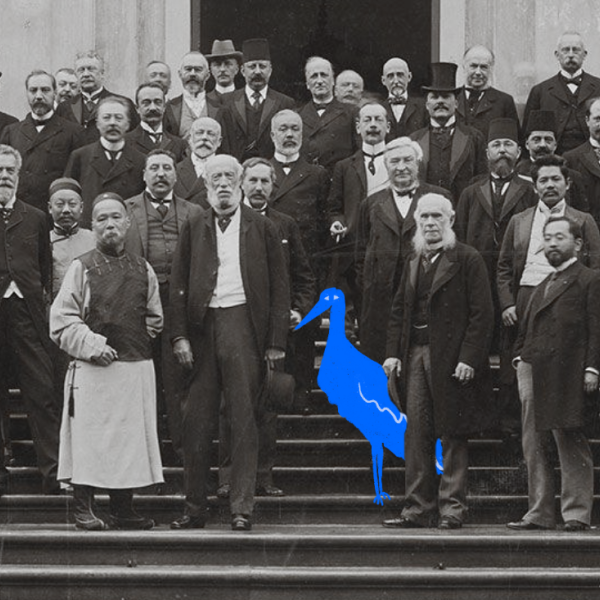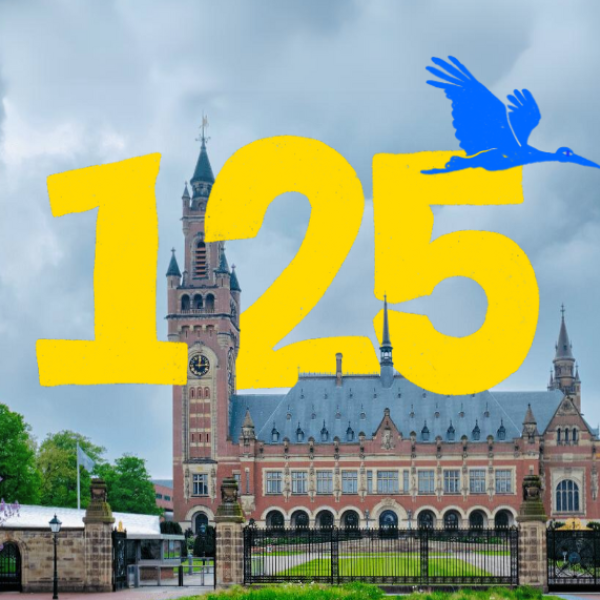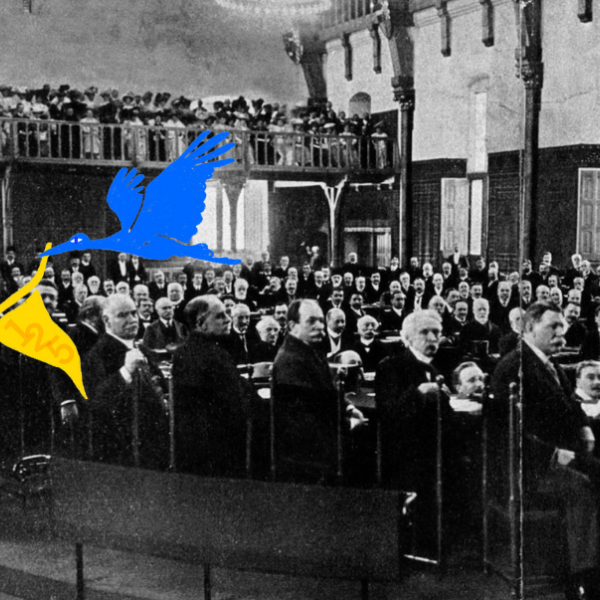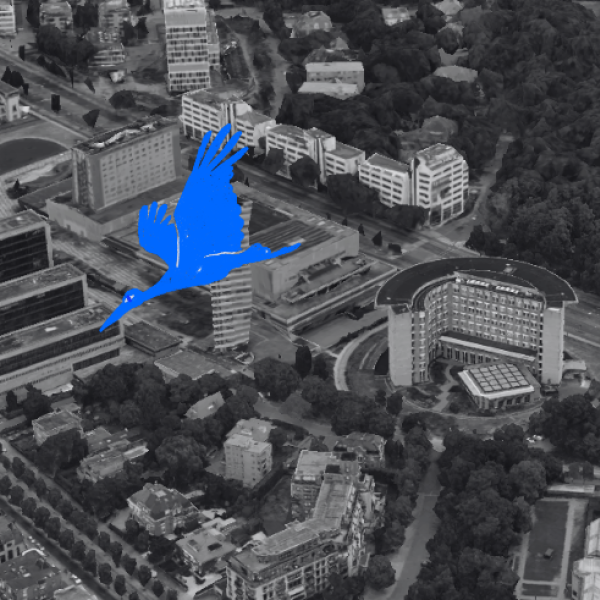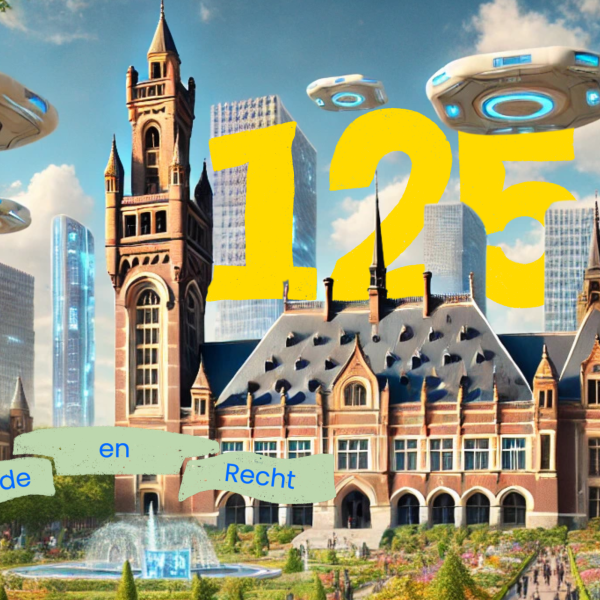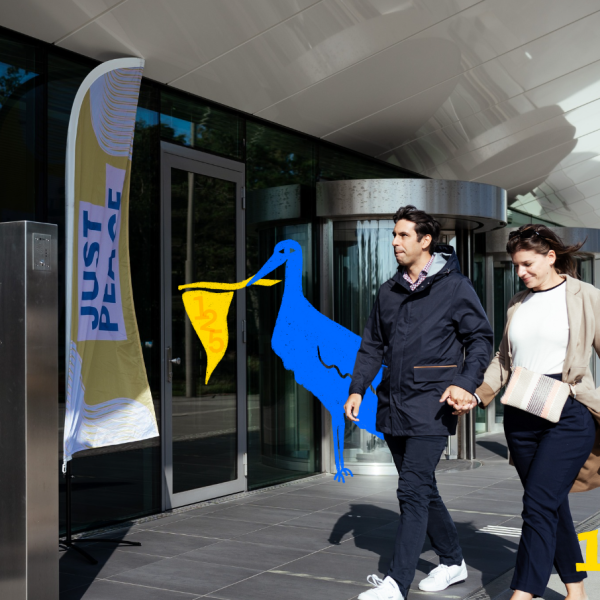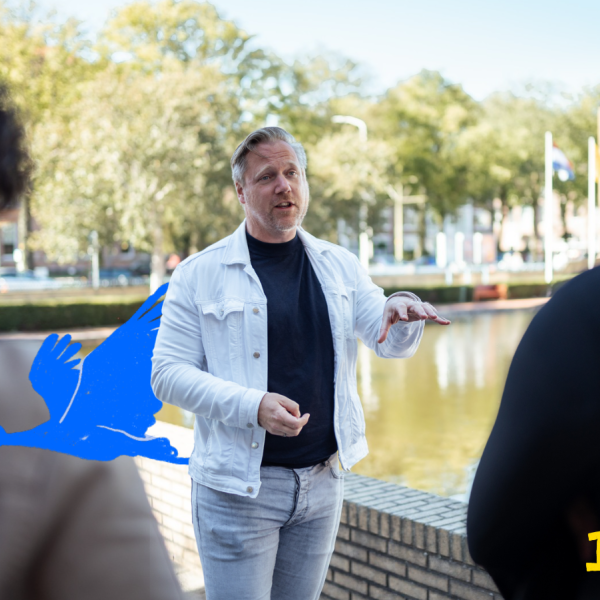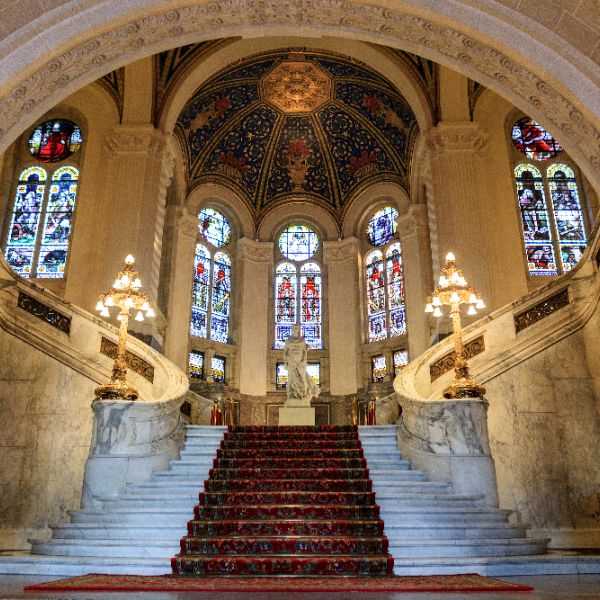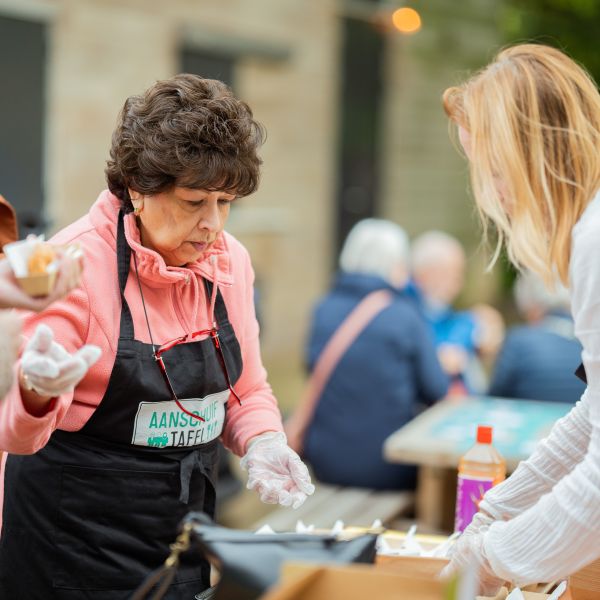Who were the leaders of the First Hague Peace Conference?
In a city where people of more than 180 nationalities congregate and live, and where nearly 500 international organizations are based today, it is pretty self-evident that The Hague bears the title of Peace and Justice. But how did it come to be so? And to what does the city owe its well-deserved title. In eight short stories Just Peace (in cooperation with the municipality of The Hague) takes you through the history, present and future of the City of Peace and Justice.
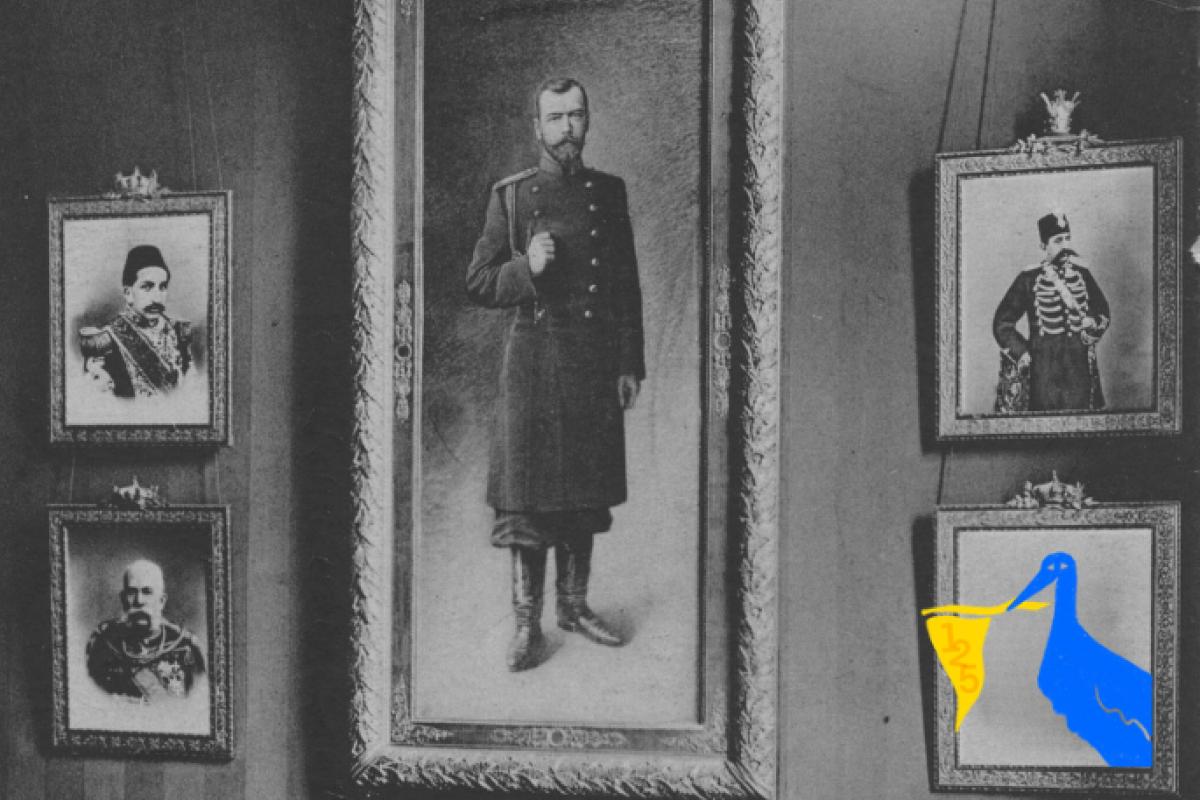
We now know that the First Hague Peace Conference was not just another event in The Hague, but that it set in motion the trajectory of The Hague as the city of peace and justice. But of course, without people, a conference does not spring up on its own!
People came from far and wide. Representatives from Belgium, Bulgaria, China, Denmark, France, Germany, Great Britain, Ireland, Greece, Italy, Japan, Luxembourg, Mexico, the Netherlands, Austria-Hungary, Persia (Iran), Portugal, Romania, Russia, Serbia, Siam (Thailand), Spain, Turkey, United States of America, Sweden-Norway and Switzerland all gathered together in The Hague. There were representatives from 26 different countries! At that time this represented almost half of the countries then claiming sovereignty (or having their own governments). But there were not only people of high political status or government positions, but also lawyers, military experts and peace activists.
One would think that Tsar Nicholas II as the central figure who got the idea of a Peace Conference off the ground would also be a central figure at the conference itself, but this was not so. Nicholas II himself was not present in The Hague. Present in his place on behalf of Russia was Fedor Fedorovich Martens, a Russian diplomat and jurist who is seen as a driving force behind the Hague Peace Conference. He was the chief negotiator for Russia and is often considered one of the main participants in the event.
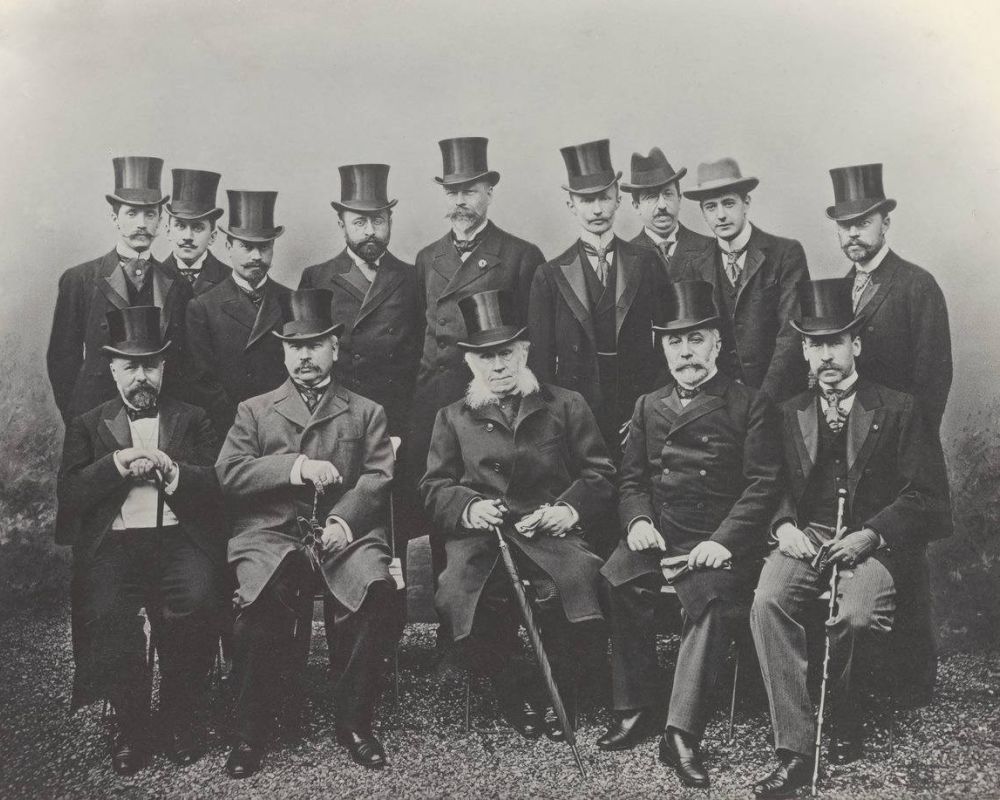
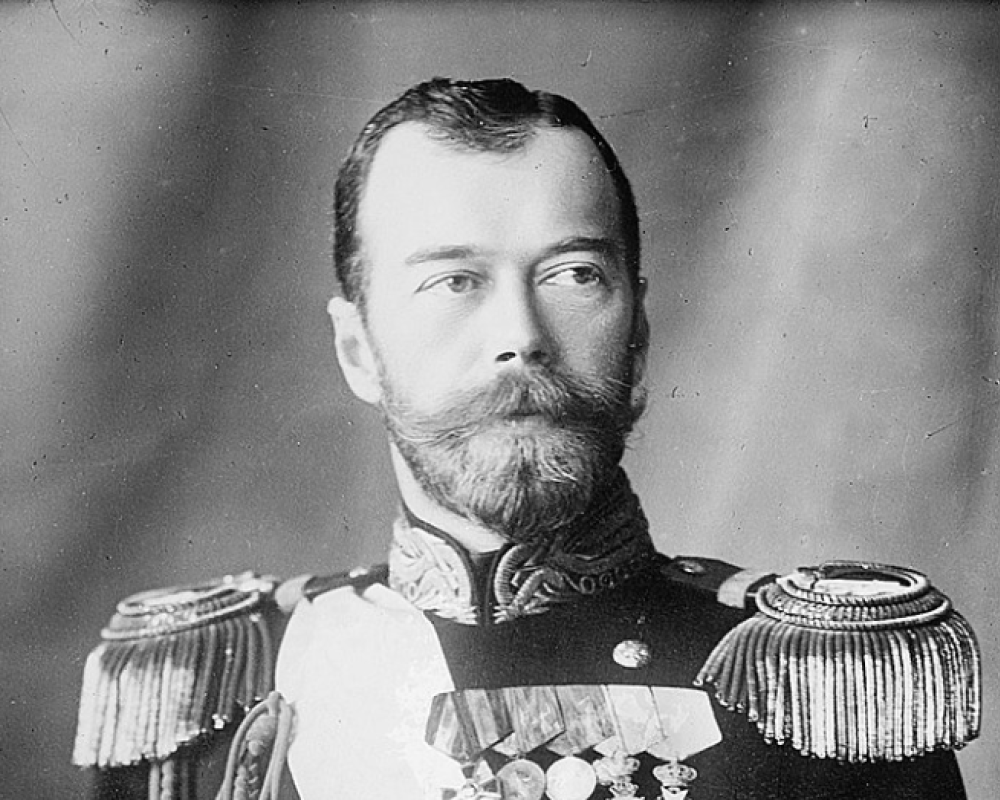
Of course as a host country, it only makes sense that a Dutchman was involved in the conference. Queen Wilhelmina had a symbolic role during the conference. She received the important dignitaries and diplomats who had come to The Hague for the conference. She also participated in some official ceremonies. Her presence at events surrounding the conference contributed to its image and strengthened the position of the Netherlands as the host country.
Did you know that...
The Queen has a family connection to Russian Tsar Nicholas II, the infamous mastermind behind the conference. Wilhelmina was the Tsar's second cousin.
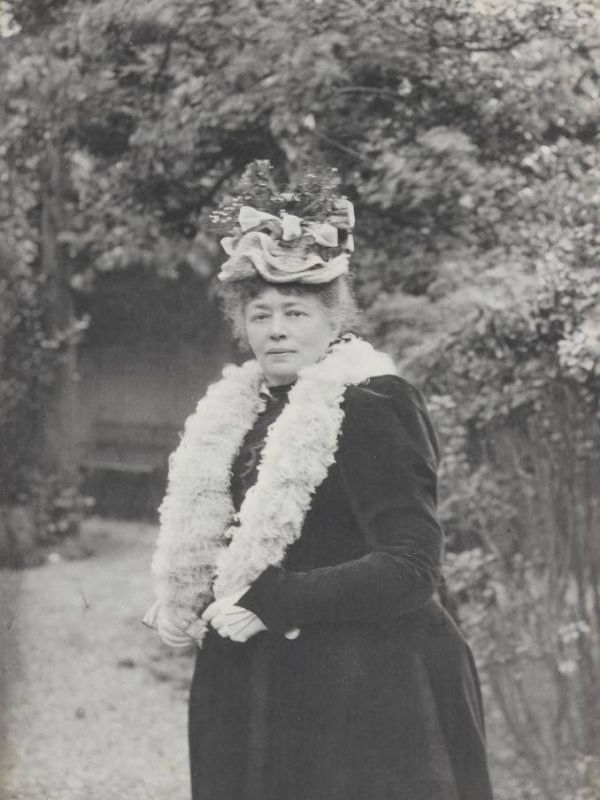
Not only politicians were present. Berta von Suttner was a convinced peace activist from Austria. She wrote several books through which she tried to convince people that peace was necessary. One of her books, called “Die Waffen nieder!” (which means “Lay down your arms!”), made a big impression. She not only inspired Tsar Nicholas II to organize a peace conference, but also managed to persuade Andrew Carnegie to donate money to build the Peace Palace and Alfred Nobel to establish a Peace Prize.
"Die waffen nieder!" (Lay down your arms!)
During the Peace Conference in The Hague, she was there with her husband and daughter and organized all kinds of activities. Especially important was her “salon,” where she and other peace activists lobbied delegations to support the creation of a court to replace armed conflict with arbitration. Berta was the only woman at the conference and one of the non-governmental actor.
What is arbitration?
Arbitration is an alternative to court proceedings. Arbitration is a way to resolve a conflict without going to court. Here experts from a particular industry (for example, construction experts) make a ruling on the conflict.
Berta was not the only important non-governmental actor. William Thomas Stead was a well-known British journalist from Britain. He believed that countries should talk to each other instead of going to war and traveled around Europe promoting Nicolas II's original initiative. During the two Hague Peace Conferences, Stead was present in The Hague and reported extensively on them. A close friend of Andrew Carnegie, he conducted negotiations on his behalf for the construction of the Peace Palace in the Netherlands. He also kept the Czar informed by letters of the deliberations in The Hague during the conference.

Did you know that...
Stead died on the Titanic when it sank in 1912. He was on his way to a peace conference in New York.
Finally, Tobias Asser was an important Dutch legal scholar. Tobias Asser notably initiated the Hague Conference on Private International Law, and with this expertise also played an important role in making the Hague Peace Conference come true in 1899. He had an important role in the establishment of the Permanent Court of Arbitration during. For this, he received the Nobel Peace Prize in 1911. With the prize money, he founded the Hague Academy of International Law, which is still located in the Peace Palace today. He even donated half of his Nobel Prize prize money to the establishment of the academy. A famous knowledge institute is named after Asser in The Hague.
So the First Hague Peace Conference did not get off the ground by itself. It took not only many hands, but also many bright minds! Fedor Fedorovich Martens, Queen Wilhelmina, Berta van Suttner, William Thomas Stead and Tobias Asser, despite their instrumental roles were only a small part of the puzzle that led to the formation of The Hague as the International City of Peace and Law.
Want to learn more about The Hague's history as the International City of Peace and Justice? Follow this series directly on the Just Peace website or on our Instagram @justpeacethehague. Next edition, learn more about who was present at the first peace conference!
